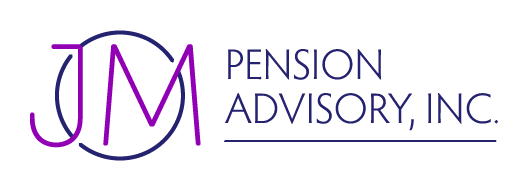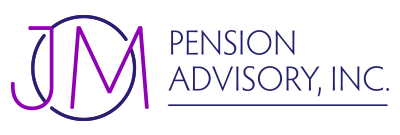All You Need to Know About Maryland Saves
In September 2022, The Maryland Small Business Retirement Savings Program, referred to as “Maryland Saves”, was launched. Like many states, Maryland created a state-managed IRA program for small businesses. The program offers a simple retirement option for businesses that may not have offered a retirement plan for its employees due to the associated administrative costs.
The design is simple. Employees are enrolled automatically (5% of pay, after tax) but can opt out at any time or increase/decrease the amount deducted from their pay. The monies are deposited into a Roth IRA, called a Worklife account. The Roth IRA is administered by private sector financial services firms and overseen by a public board that includes the Maryland State Treasurer and Maryland’s Secretary of the Dept. of Labor.
Employers that meet the following criteria are required to participate:
Employers with a work location in Maryland, which includes remote workers in Maryland
Employers that have been in operation at least two calendar years
Employers who have at least one W-2 employee
Employers who utilize an automated payroll system
Employers who offer a qualified, employer-sponsored retirement plan (plans administered by JM Pension fall into this category) are exempt from Maryland Saves. However, employers must certify their exemption.
Here’s how:
Go to the www.marylandsaves.org site.
In the upper right-hand corner, click “Certify my exemption”.
Then complete the questions online. Note that it requires an SDAT ID. If you do not know what that number is, you can enter your company name and look it up during the exemption process. You’ll receive confirmation of the exemption in the mail.
If you do not sponsor a plan, go to www.marylandsaves.org and register.


